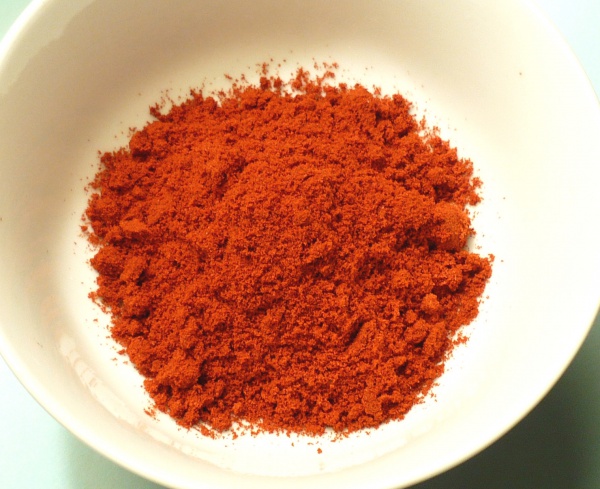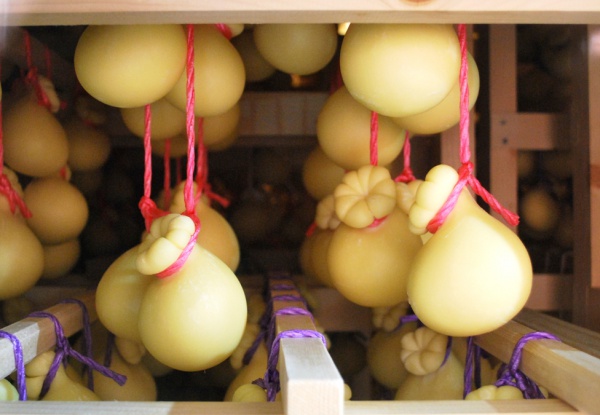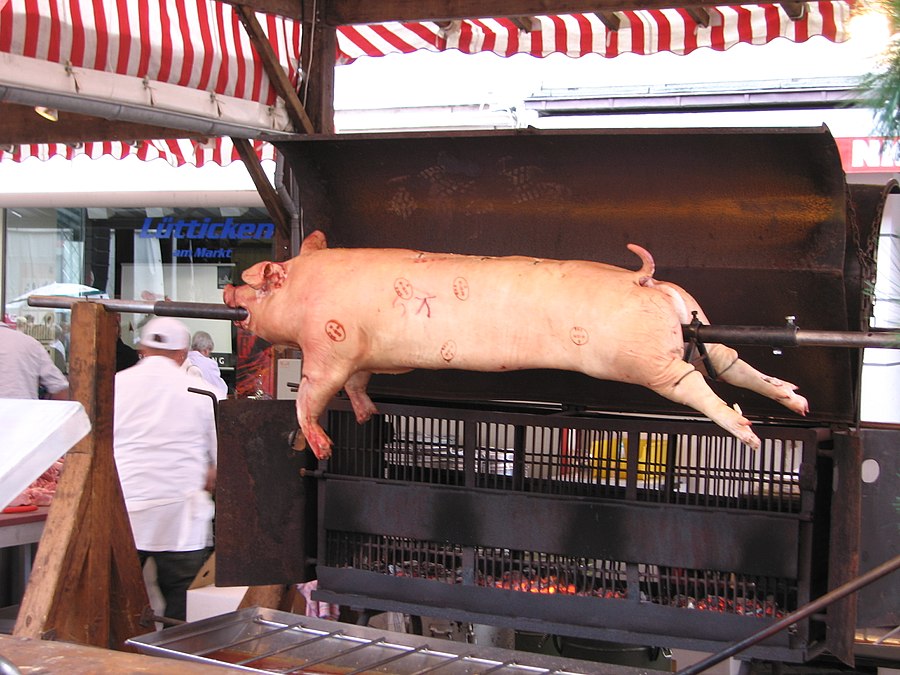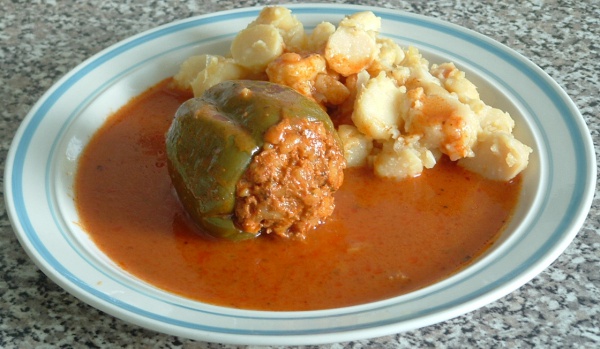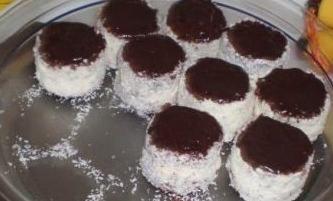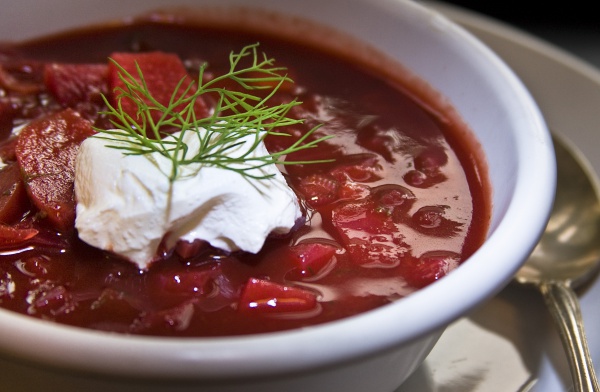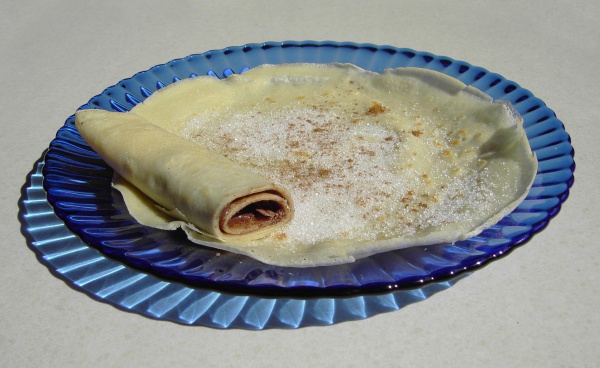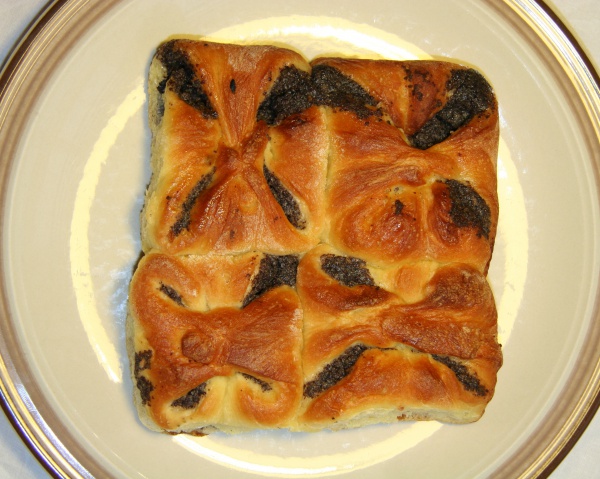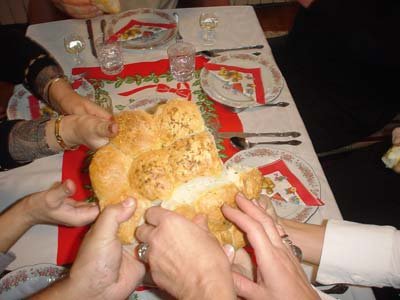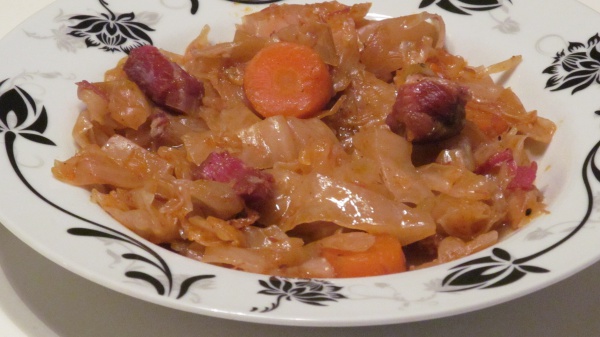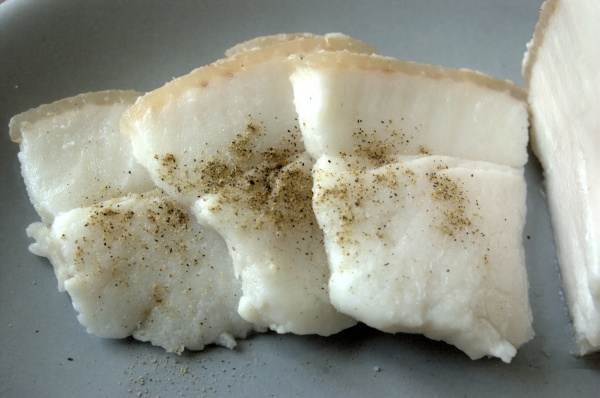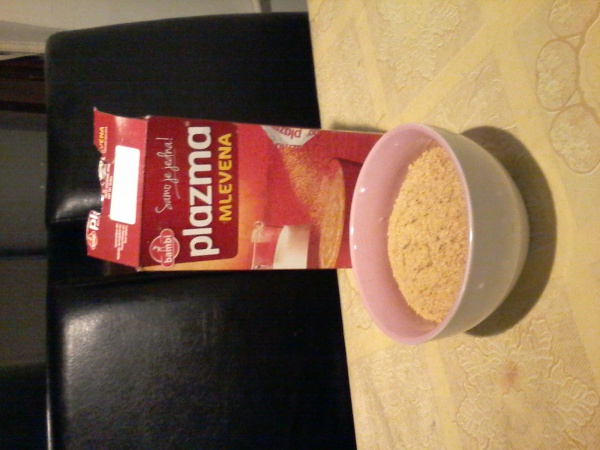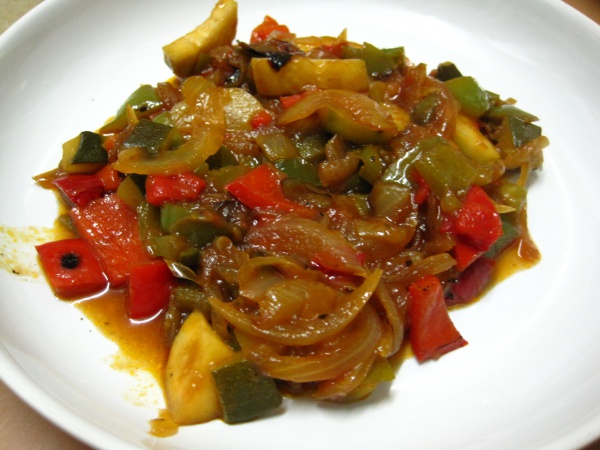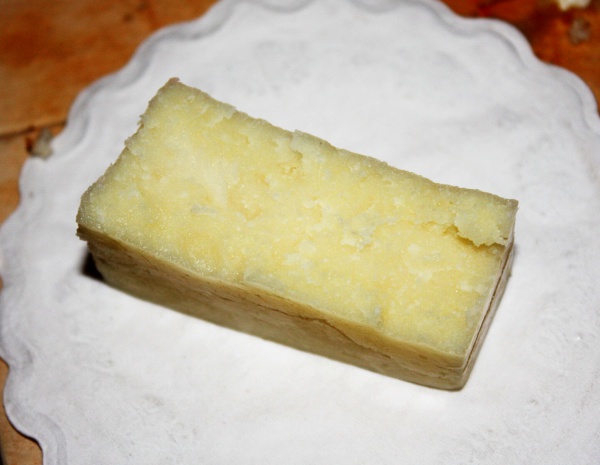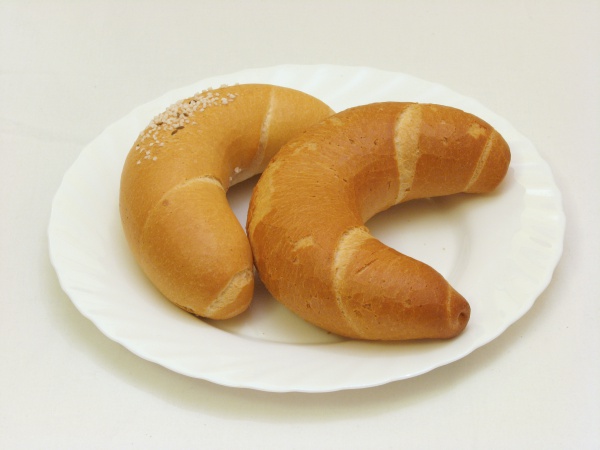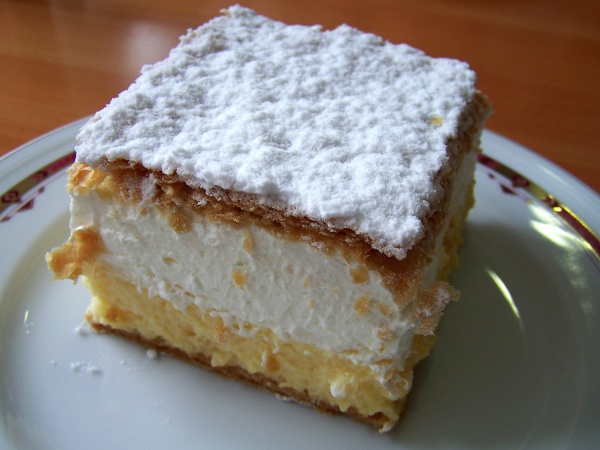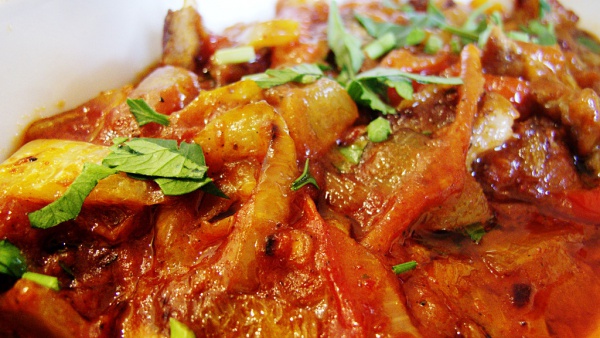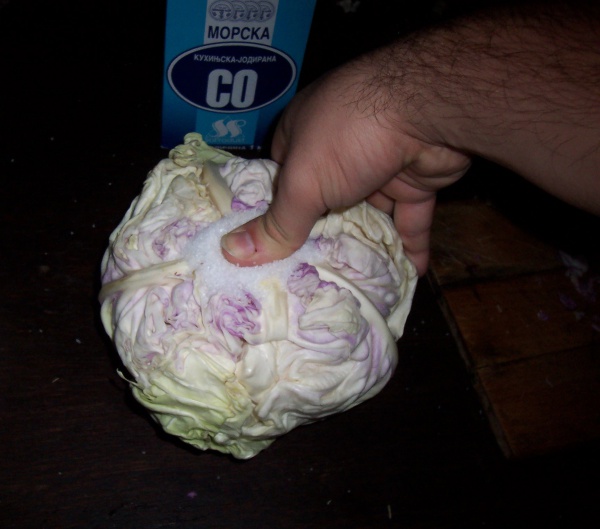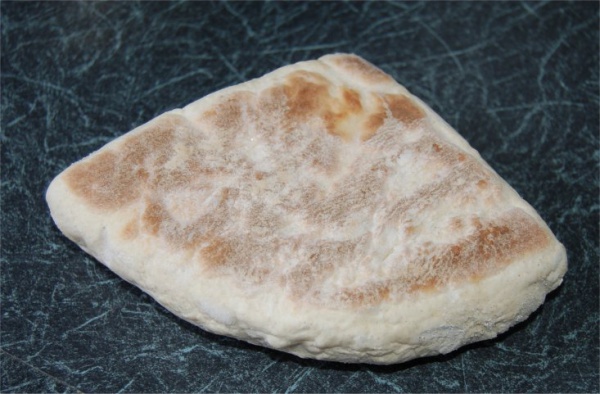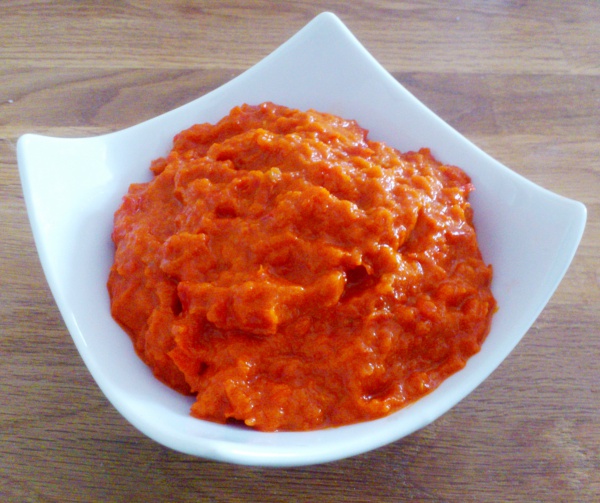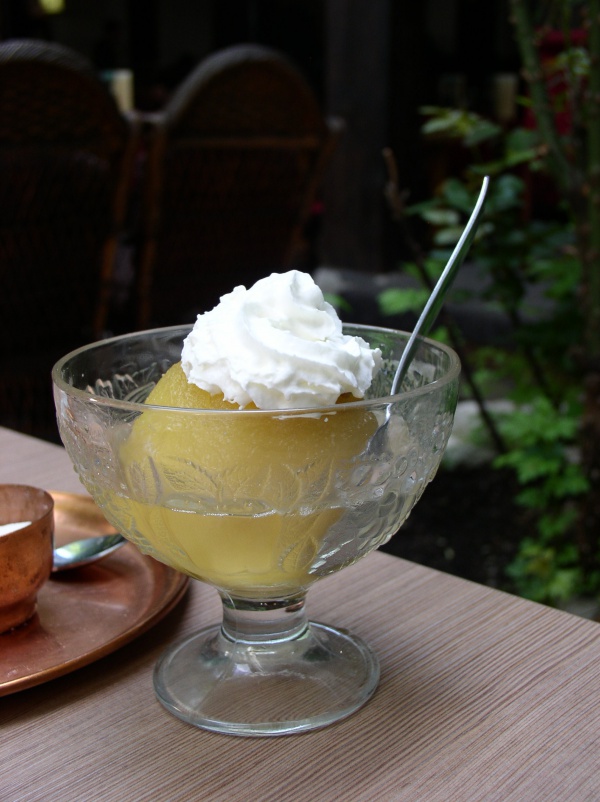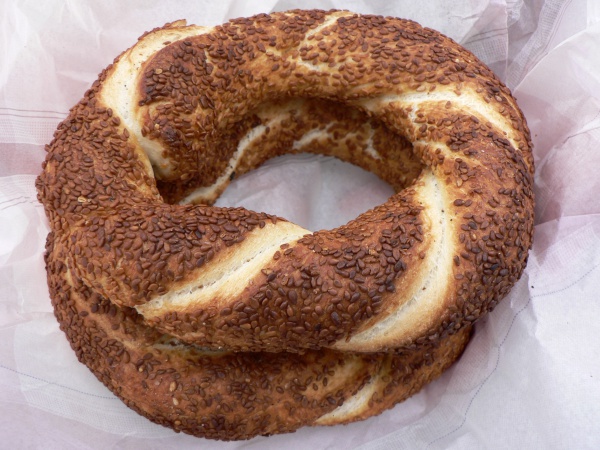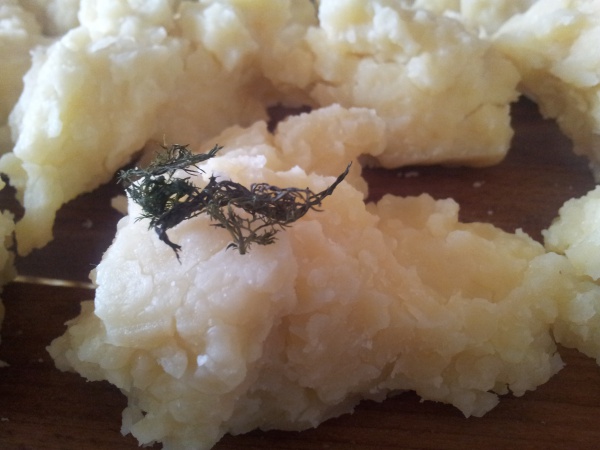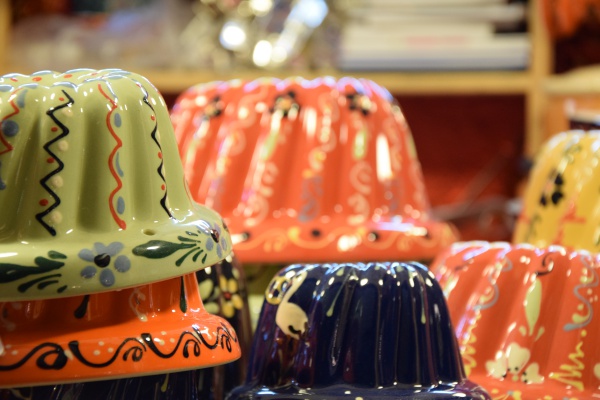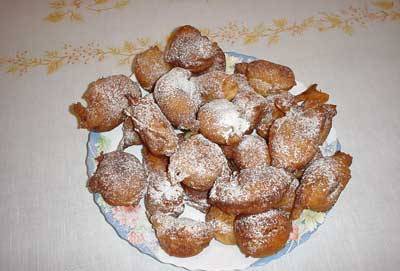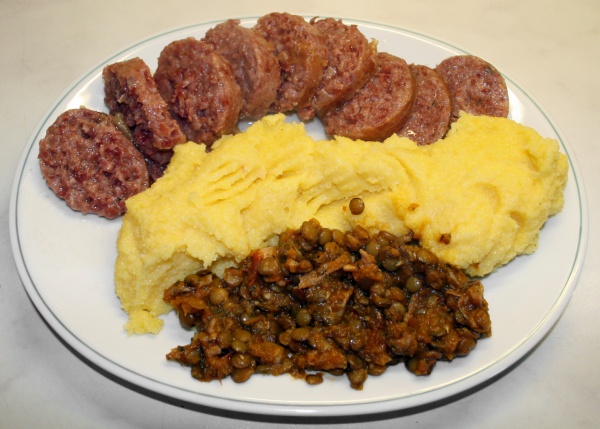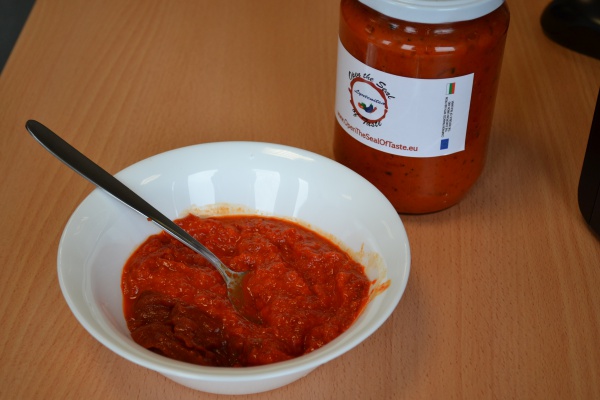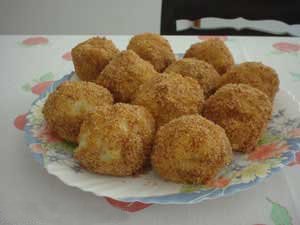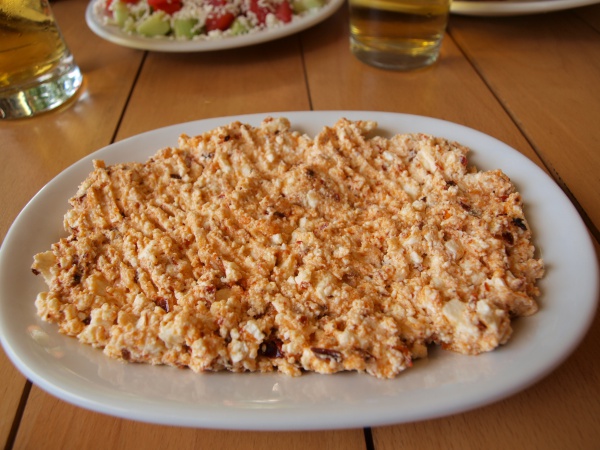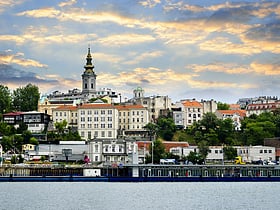
Food in Serbia
Taste of Serbia – Top Must-Try Dishes for Food Lovers
Serbia, a country with a rich history spanning across various empires and kingdoms, offers a culinary scene as diverse as its cultural heritage. As a crossroad between the East and the West, Serbian cuisine is a robust blend of hearty flavors and influences from Ottoman, Austro-Hungarian, and Mediterranean gastronomies. For travelers visiting Serbia, indulging in its local dishes is a journey through the country's past, with each recipe telling a story of its own. In this guide, we will delve into Serbian specialties that every tourist should savor to truly experience the essence of this vibrant Balkan nation.
Serbian Dishes
Ćevapi
Ćevapi are small, grilled minced meat sausages made of pork, beef, or lamb. Considered a national dish of Serbia, they are commonly served in a flatbread, often with chopped onions, sour cream, and a red pepper-based condiment called ajvar.
Sarma
Sarma consists of cabbage leaves stuffed with a mix of minced meats, rice, and spices. It is typically slow-cooked with smoked meats and served during winter months and for special occasions.
Karađorđeva šnicla
This dish is named after the Serbian Prince Karađorđe and is a breaded rolled veal or pork steak, stuffed with kajmak (a creamy dairy product). It's fried and often served with tartar sauce or roasted potatoes.
Ajvar
Ajvar is a savory spread made from red bell peppers, eggplant, garlic, and chili peppers. It's a staple condiment in Serbian households, particularly in the autumn months when these vegetables are most abundant.
Đuveč
Đuveč is a vegetable stew that includes a variety of seasonal vegetables, such as onions, tomatoes, peppers, and eggplant, often with rice and sometimes meat. It's baked in an earthenware pot to enhance its flavors.
Pasulj
This traditional bean soup is made with white beans, smoked meats, and various vegetables. It's a hearty dish common across the Balkans, with each region offering its own twist on the recipe.
Pljeskavica
Another beloved grilled dish, pljeskavica is a spiced meat patty mixture of pork, beef, and lamb. It's typically served with flatbread, onions, and a variety of condiments like ajvar, kajmak, or urnebes (a spicy cheese salad).
Mućkalica
Mućkalica is a spicy meat stew, usually made from mixed grilled meats cut into pieces and simmered with bell peppers, tomatoes, onions, and chili peppers. It's often eaten with bread to soak up the flavorful sauce.
Riblja čorba
This fish soup is a staple along the Danube and other rivers in Serbia. Made with freshwater fish, it is a rich and spicy soup with a base of vegetables and paprika, reflecting the influence of Hungarian cuisine.
Podvarak
Podvarak is a dish made from sauerkraut cooked with onions, meat (often pork), and sometimes with added bacon or sausages. It's a typical winter dish, rich and comforting.
Serbian Desserts
Baklava
While not originally Serbian, baklava has been fully embraced and can be found in many bakeries and households, especially during holidays. Layers of filo pastry are filled with nuts and drenched in syrup or honey.
Vanilice
Vanilice are small, walnut-shaped cookies filled with jam and dusted with powdered sugar. They are a beloved treat, especially during Christmas and other festive occasions.
Krofne
Krofne are Serbian doughnuts, light and airy, often filled with jam, chocolate, or custard. They are a popular snack or dessert, especially during the winter season.
Palačinke
These thin crêpes can be served rolled up with a variety of sweet fillings like jams, chocolate, fruits, and nuts or savory ones such as cheese, ham, or mushrooms. They are a versatile dish enjoyed at any time of the day.
Gibanica
Gibanica is a traditional pastry dish made with layers of filo dough and a mixture of eggs, cheese (usually feta), and often spinach. It's a common breakfast or snack item and can be found in many Balkan countries with slight regional variations.
Tufahije
Tufahije are poached apples stuffed with a sweet walnut filling and topped with whipped cream. This dessert is of Ottoman origin and is particularly popular in Serbia as a light and sweet end to a meal.
Štrudla
Also known as strudel, this pastry is filled with sweet ingredients like apples, cherries, or poppy seeds. It's a dessert that reflects the Austro-Hungarian influence on Serbian cuisine.
